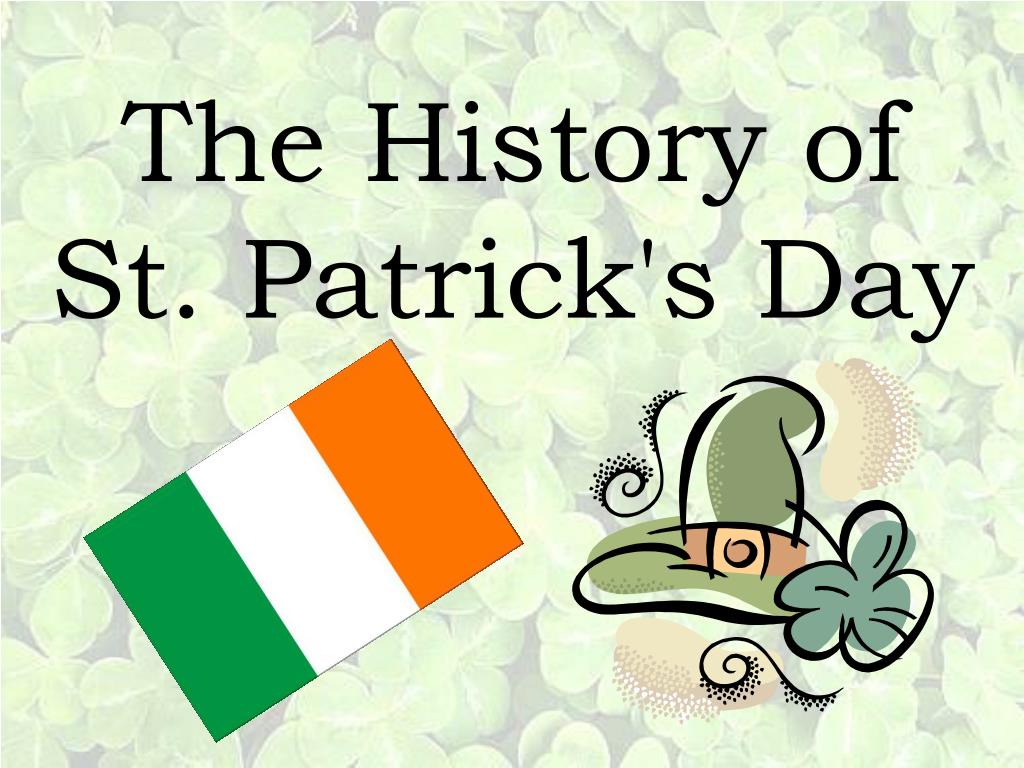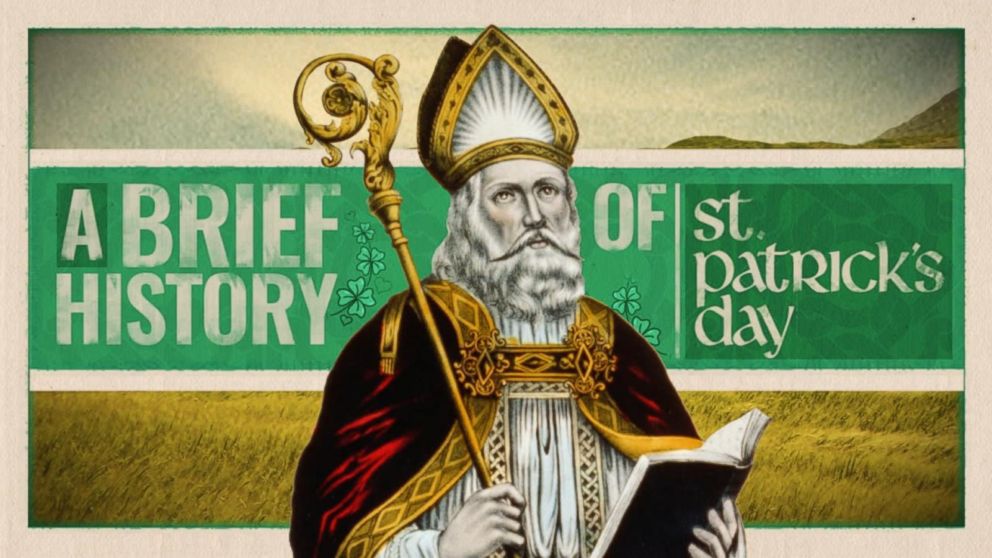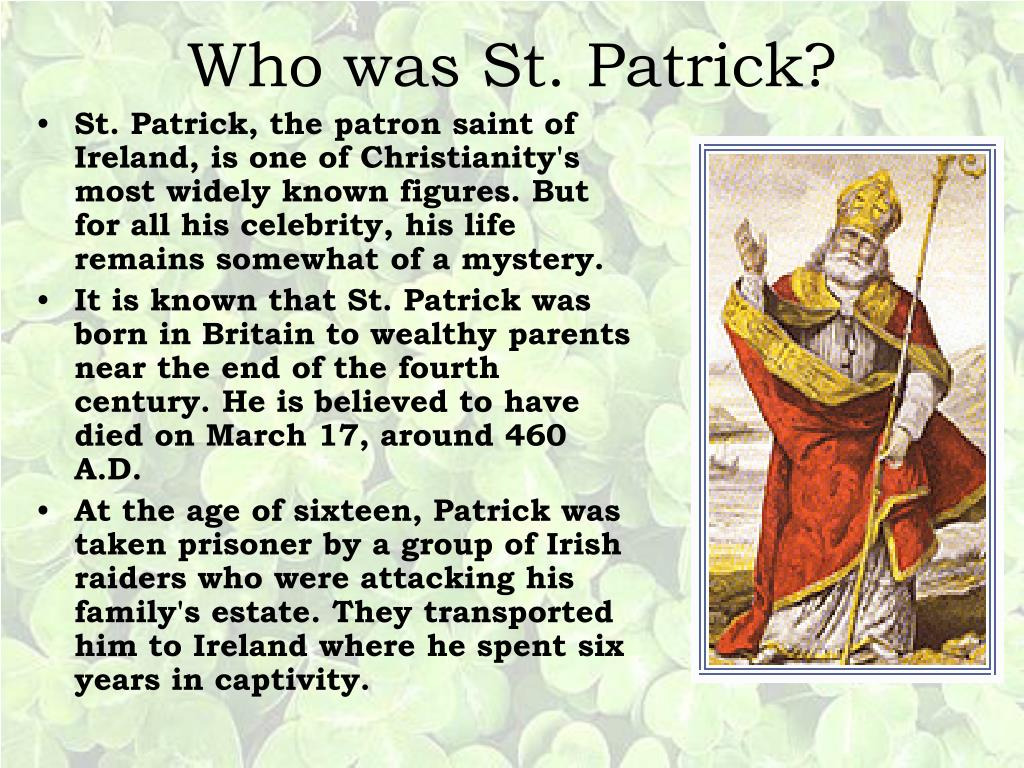Gallery
Photos from events, contest for the best costume, videos from master classes.
 | |
 |  |
 |  |
 | |
 |  |
 |  |
They united to form one official New York City St. Patrick’s Day Parade in 1848, according to the History Channel. While rowdy celebrations occurred in the U.S., Irish laws mandated pubs be The spread of St. Patrick's Day celebrations in the U.S. was a way for Irish immigrant communities, who in the 19th century faced discrimination and opposition, to stake that ground, he says: "It Philadelphia’s first documented St. Patrick’s Day parade occurred before the signing of the Declaration of Independence in 1771. It’s approximately 20,000 participants make it one of America’s largest to this day and the second oldest in the United States. This year’s parade began with a mass service on 20th and Locust at St. Patrick History of St Patrick’s Day: Shamrock, Music, and the Green. The most displayed imagery of St Patrick’s Day is the Shamrock or three-leaf clovers. Shamrocks, called “Seamroy” by the Irish St. Patrick may be the patron saint of Ireland, but many St. Patrick’s Day traditions were born in the United States. Read more St. Patrick Incorporated Irish Culture Into Christian Lessons NBC News’ Joe Fryer took a deeper look at Saint Patrick’s lasting influence and the history behind the holiday. IE 11 is not supported. For an optimal experience visit our site on another browser. New York City and the First St. Patrick’s Day Parade. One of the earliest St. Patrick’s Day celebrations in America took place in Boston in 1737, when a group of Irish Protestants gathered to Green beer is a St. Patrick’s Day classic, but you might be surprised to learn that it wasn’t invented in Ireland—it was actually created in the United States!. The first known instance of green beer dates back to 1914 in New York City, when Dr. Thomas Curtin, an Irish-American coroner and social club member, decided to add a drop of blue dye to a keg of beer for a festive gathering. They united to form one official New York City St. Patrick’s Day Parade in 1848, according to the History Channel. While rowdy celebrations occurred in the U.S., Irish laws mandated pubs be People viewed the Chicago River, dyed-green, ahead of St. Patrick's Day on March 13, 2021, in Chicago, Illinois. Scott Olson / Getty Images Irish people in America by the numbers. Many Americans have something to celebrate this St. Patrick's Day, according to a news release from the U.S. Census Bureau:. 30.5 million U.S. residents How did an Irish saint’s day become an American thing? The short answer: Irish people came to America and brought their culture with them. St. Patrick’s Day observances date back to before the founding of the U.S., in places like Boston and New York City. The first parade was held in Manhattan in 1762. St. Patrick's Day, observed on March 17, has transitioned from a feast day in Ireland to a widely celebrated holiday in the United States. The holiday commemorates St. Patrick, the patron saint of In response to the earliest St. Patrick’s Day parades, American newspapers portrayed the Irish people who marched in the parades as “drunk, violent monkeys,” according to History.com. In the modern day, I think this cultural association has stuck, which is why we associate St. Patrick’s Day so strongly with heavy drinking. At no other time of year were these stereotypes on fuller display than on March 17th: St. Patrick’s Day. The Irish community’s first American celebrations, held in the Boston area to honor the patron saint of their homeland, were described in the Cambridge papers as an excuse for drunkenness, violence, and other unsavory behavior. The spread of St. Patrick’s Day celebrations in the U.S. was a way for Irish immigrant communities, who in the 19th century faced discrimination and opposition, to stake that ground, he says In the late 19th and early 20th centuries, St. Patrick’s Day parades in the United States were often used as a platform for Irish nationalist and anti-British sentiment. Irish immigrants used the holiday as a way to express their anger and frustration with the English colonial system. St. Patrick, patron of Ireland, is depicted in a stained-glass window at St. John of God Church in Central Islip, N.Y. In most U.S. dioceses, the feast of St. Patrick is celebrated as an optional memorial on the saint's traditional feast day, March 17. The observance, however, is typically moved to the preceding Saturday when March 17 falls on a Sunday, as it does in 2019. (CNS photo/Gregory A 6. Popular St. Patrick’s Day festivities have their roots in Ireland. Until the 1700s, St. Patrick’s Day was a Roman Catholic feast only observed in Ireland—and without the raucous revelry St. Patrick’s Day is a global celebration of Irish culture that takes place annually on March 17, the anniversary of the patron saint of Ireland's death in the fifth century. The holiday has
Articles and news, personal stories, interviews with experts.
Photos from events, contest for the best costume, videos from master classes.
 | |
 |  |
 |  |
 | |
 |  |
 |  |